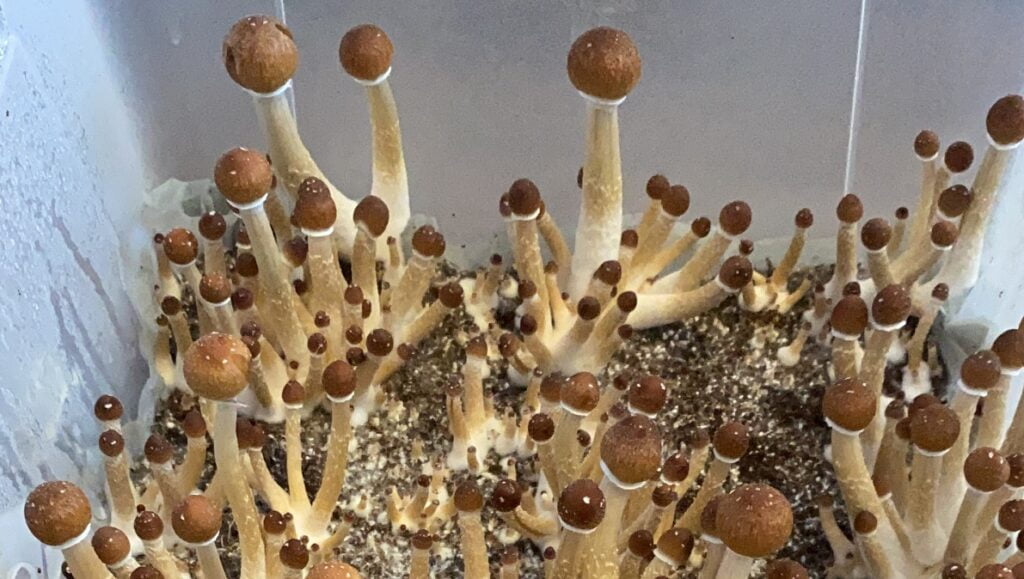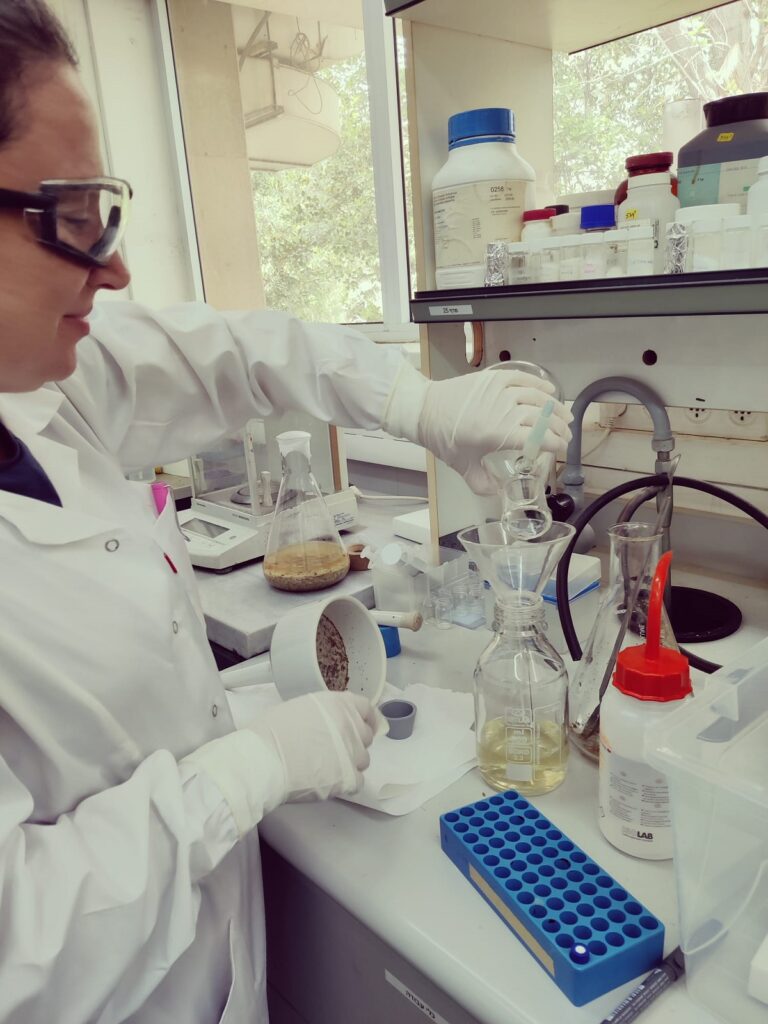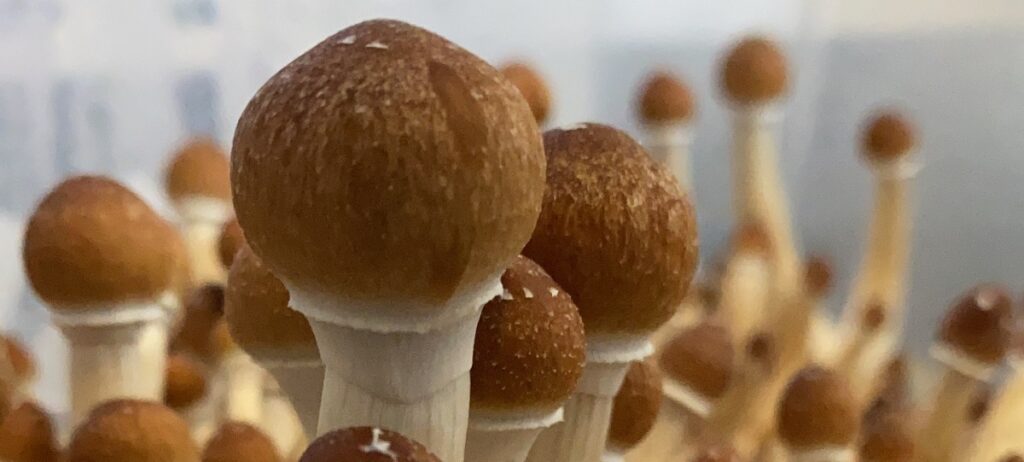In the last two years, some 5,000 Israelis have been recognized by the Defense Ministry as having post-traumatic stress disorder after a traumatic experience or life-threatening event. Numbers are likely even higher as many veteran soldiers or people living closer to frequent rocket attacks often don’t report their symptoms.
In the US, about six percent of the population will have PTSD at some point in their lives, which means 12 million adults during a given year, according to the National Center For PTSD. In 24 countries studied, including the US, Canada had the highest incidence of PTSD with 9.2 percent of Canadians who have PTSD in their lifetimes.
Treatment of PTSD traditionally includes psychotherapy or medications that affect neurotransmitters of the nervous system like serotonin or norepinephrine (SSRIs and SNRIs). And in the quest for a more novel approach, Israeli researchers have recently found that hyperbaric oxygen therapy (HBOT) can also significantly relieve symptoms.
Then there’s Madrigal Mental Care, an Israeli biopharma company that has developed a novel nasal spray to deliver psychedelic drugs to the brain to treat and prevent PTSD.

Deposit Photos
The company uses an advanced nanotechnology-based system that enables organic nanoparticles to be delivered immediately from nose to brian. The nanotechnology was developed by Prof. Amnon Sintov of the Department of Biomedical Engineering at the Ben-Gurion University of the Negev (BGU) and has been licensed from BGN Technologies, the Technology Transfer Company of BGU.
The spray essentially delivers encapsulated molecules of psychedelic drugs. In other words, a molecule of a psychedelic formulation is already inside the nanoparticle. The molecule is made up of particles of psychedelic drugs like psilocybin, the active ingredient in magic mushrooms, as well as ketamine, mescaline, MDMA, and others.
Founder David Gabay, who has a degree in biotechnology and a background in entrepreneurship as a co-founder of the cannabis genetics company RCK, had been looking at the psychedelic market for a number of years, researching field of consciousness, when he met Prof. Sintov.
“He told me about his patent [for the nanotechnology system,],” Gabay tells NoCamels, “And immediately I was thinking this is really an amazing inhaler. The basis of the patent is that they put insulin and curcumin inside the nanoparticles and it becomes a nose-to-brain mechanism. As soon as I saw that, I saw it and read about it and I was saying — this is really what’s missing in the psychedelic business. They don’t have a delivery system that will be that accurate and fast. Because it’s a nose-to-brain mechanics, it goes directly through the BBB (blood-brain barrier) and hits the receptor. And I was thinking this is amazing and I want to start working with [BGU] to see how we can establish a company with that.
Gabay says the company is not the first to test psychedelic drugs as a possible solution to help cope with PTSD. Since 2019, over 40 clinical trials have been launched exploring psychedelics for the treatment of psychiatric conditions, according to a statement.
They’re also not the first company to create a product that provides a nose-to-brain mechanism. What stands out about this product is the way the nanotechnology acts as a delivery system which can control the dosage.

Or Doek, CTO of Madrigal Mental Care, a clinical psychologist who worked at Soroka Medical Center in Beersheba and has a PhD from Ben-Gurion University, expands on this innovative delivery system.
“As a clinician, I know that with psychedelic drugs, it started with ketamine about 20 years ago as a very fast acting substance for depression. This began a renaissance in psychedelic studies. While we have a growing number of studies in the past 10 years or so, one of the main challenges from bench to bedside is the delivery system. So while you can infuse ketamine, in order to have an infusion of ketamine, you need an MD and you need a nurse and you need to follow up the vitals of the patient,” he explains, “But if you can use a relatively accurate dosage of ketamine that delivers straight to your brain via the nose, it can be easily accessible by clinicians and patients around the world because the dose is very specific. You can use what we call micro dosing — so we can basically manage a very accurate number. It basically gives you more leeway to use it in clinical practices.”
Sign up for our free weekly newsletter
Subscribe“In our case it’s nano dosing,” Gaby jumps in, “It’s accuracy in dosage because it’s nanoparticles. Second is speed of arrival, because it’s not like you have to eat a mushroom –” he adds, “and third is the efficiency to connect to the designated receptor, because there is a special receptor. For example, in psilocybin, the receptor is very fast and it doesn’t cause an illusion or hallucination. When you’re really talking about nano dosing, it doesn’t get to the point of hallucination. It’s just doing the exact thing it has to do.”
The spray is going to pre-clinical trials in June and another pre-clinical trial will happen at the end of the year to test the safety of the internasal system, says Gabay. “Next year we hope to go to clinical trials,” he adds. The goal is to find the right formulation of psilocybin and ketamine and then test its safety on animals and later, humans.
Gabay introduced Madrigal Mental Care and the spray on Wednesday morning during the Academia track at the Biomed Israel conference, an annual three-day life sciences and health tech confab with attendees from all over the world.
PTSD experience
Further impacting the significance of their work is that Gabay and Doek both have experiences witnessing those around them experiencing PTSD, as both live within the Gaza envelope, the populated area in Israel located within seven kilometers (4.3 mil) of the Gaza Strip border and within close range of mortar shells and Qassam rockets launched from the Gaza Strip.

Gabay has lived in Kibbutz Re’im, a secular kibbuz in the Eshkol Regional Council, for nearly 23 years and has three kids. “I know a lot of people suffering from PTSD. Not only people that are diagnosed that suffer from the wars. I mean, there’s no cure for us. And that’s the motivation for us to try to find treatment for it,” he says.
Doek lives in the Gaza envelope, in a kibbutz called Bror Hayil, located near Sderot.
“The advantage of our system is that we can scale the dose to reach maximum impact in our target, which is higher brain connectivity, with minimum side effects, like hallucinatory effect and performance issues. This is something that we still study, of course, but that but that the ability to control the dosage at such an accurate level will enable us to do that,” he tells NoCamels.
According to Doek, if you think about a traumatic event, both the clinical and brain manifestation is a kind of fragmented story. “It’s not a coherent narrative, it’s fragmented. It’s built from pieces of memories that kind of attack on a day to day basis. When we enhance the brain’s connectivity between different regions, we basically enable some kind of alteration of that fragmented memory, and enable the ability to build a coherent narrative, which is clinically one of the most efficacious ways to help people suffered from PTSD.”
A nano dose produces a wider, broader range of consciousness an a wider, broader perception of reality, Gabay adds. That means if you’re locked inside a trauma, the only perception that you have is that moment of trauma.
“I learned from Or that a post-traumatic story burns inside the subconscious up to six hours after the event. That means if you saw something or you were in a horrible situation, after six hours it can burn and it can potentially be post-traumatic in the future. That means that if any doctor or medic in a hospital has this inhaler, his patient coul get it in additional to treatment from the physical effects of PTSD [shaking, incoherent sentences,] you will get a mental treatment, which means the potential of post-traumatic stress can be much lower,” Gabay adds.
Related posts

Israeli Medical Technologies That Could Change The World

Harnessing Our Own Bodies For Side Effect-Free Weight Loss

Missing Protein Could Unlock Treatment For Aggressive Lung Cancer




Facebook comments